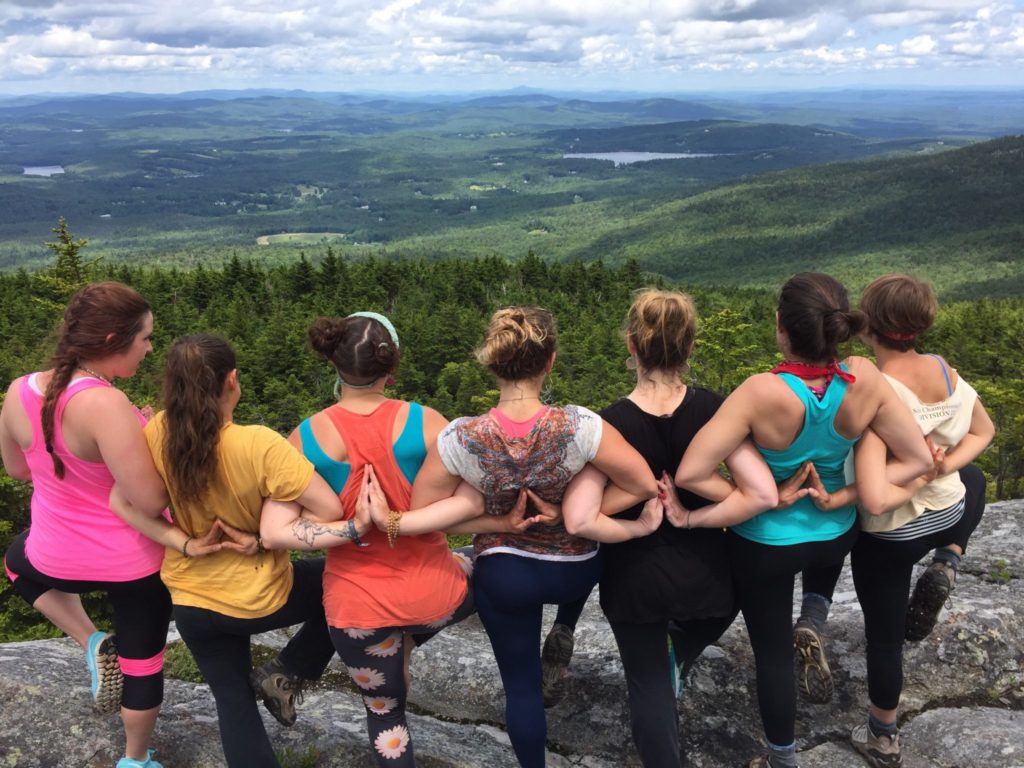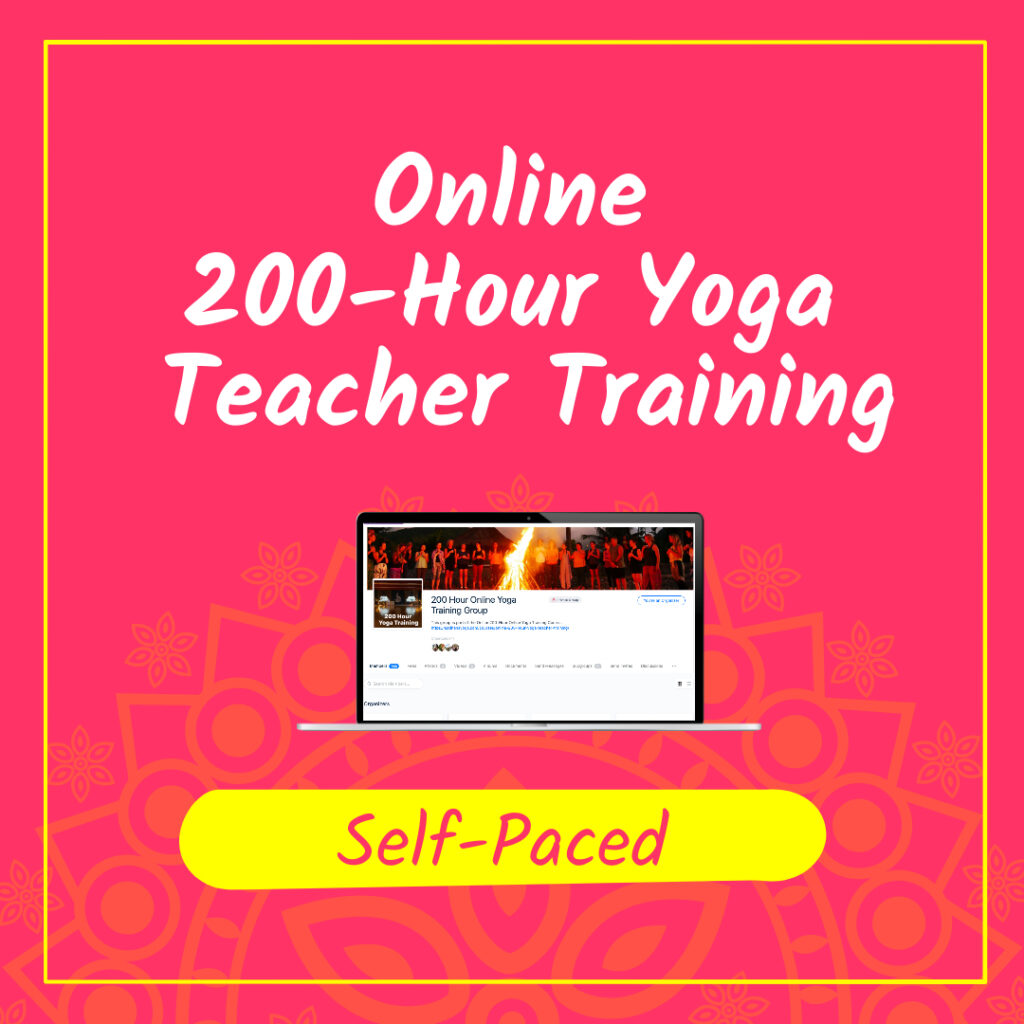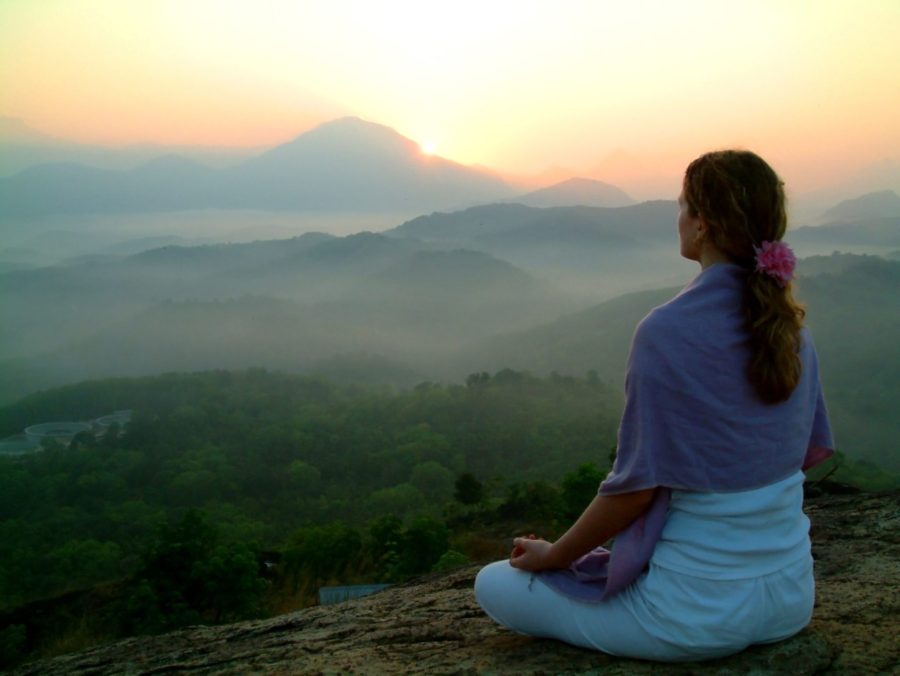3 Ways to Find Happiness Everyday

Life is like a play, except we never know what role we are going to play, nor do we always know whether we are actor or spectator, or bother perhaps both. This concept becomes very important as we consider the source of happiness in our lives from day to day.
Naturally, we all face stress, calamity, trauma, loss, and emotions daily that impact our overall happiness. But when these things happen you really have two options, allow yourself to be absorbed in the black hole of unhappiness, anger, resentment or any other negative emotion that comes from the experience or rise above as quickly as possible to rediscover the joy just waiting below the surface.
- Look Inside
In the book, the Book of Joy, by Douglas Abrams, he features commentary and interview with Desmond Tutu and the Dalai Lama. It reveals wisdom and insight into the true path to happiness and joy from the minds of two of our world’s most recognized spiritual leaders. In the opening section the Dalai Lama shares some sentiments that are so profound and yet so simple
“It does not matter whether one is a Buddhist…a Christian…or any other religion, or no religion…from the moment of birth, every human being wants to discover happiness and avoid suffering. No difference in our culture or our education or our religion affect this…the ultimate source of happiness is within.”
This reflection points out what is also expressed in the Yoga Sutra’s of Pantajali, that we must let go of the outward and physical sources of satisfaction, these are attached to the ego and attachment itself. Instead, one must reflect on the divine within, accept what comes, release what goes.
A regular pranayama practice can help with internal reflection. It is easy to get caught up in the stress of the situation, but by being able to control and regulate the breath – especially in trying or stressful times – you can return the attention inward, the only place we can truly control, and let go of attachment to the outside world, and be less, and less, dependent on what it provides.
Anuloma Viloma is an excellent pranayama practice that you can do just about anywhere, follow this 10-minute guided practice with SYS co-founder, Anjili Russell.
Anuloma Viloma with Anjili from Bryan Russell on Vimeo.
- The Power of Positive Thinking
Happiness is sometimes a matter of perspective. When things happen around us to impact our level of happiness or joy, all it may take to reclaim it is a powerful positive thought.
It can begin with a simple smile and for each “negative” thought try to outnumber it with 2-3 positive thoughts. If something is going wrong, ask the question, what can I learn from this or what is awesome about this experience. In this way, we can move past the logic that “bad things always happen to us” and instead that there is learning and experience in everything we face – good and bad.
“Repetition of the same thought or physical action develops into a habit which, repeated frequently enough, becomes an automatic reflex.”
Source: http://www.positivityblog.com/norman-vincent-peales-top-10-positive-pearls-of-wisdom/
There is a simple exercise one can do to foster positive thinking. With a pen and paper, jot down all your weaknesses, then explore why your weakness may be a strength. In this way, we start to foster a more dynamic and positive thought pattern even in times of stress. Along these same lines, spend as much time reflecting on successes and strengths, not in an egotistical way of course, nor in a way that downplays them as a result of luck.
Similarly, when you think of negative thoughts or even people in your life, attach positive thoughts to them, let go of negative thoughts – even if they have wronged you in the past, or caused you hurt. Attach love, compassion and forgiveness despite past experiences, name your sorrows and pain so that you may move on.
Meditation and mindfulness are essential to positive thinking – because you learn to move past what has happened – what has made you unhappy – and just exist in the moment, not attaching to the past. Likewise, by living in the present moment, you do not worry about the future. Instead, you learn to be in the present moment.
One of the simplest meditations one can do is Japa Meditation, which involves repeating a mantra to oneself, either silently or aloud, often with Mala beads. When the mind starts to wander, bring it back to your chosen mantra. Many people use a 40-day mantra to a deity like Ganesha, or Lakshmi, but it can also be a personal affirmation of your own choosing – ” I am strong, I am kind, I am beautiful….” anything along those lines that will reinforce positive thoughts over negative thoughts.

- Be aware of the Vritti’s
“The suffering from a natural disaster we cannot control, but the suffering from our daily disasters we can. We create most of our suffering, so it should be logical that we can create more joy.”
Dalai Lama, The Book of Joy
As you study yoga, you learn about the Vritti’s, or thoughts waves of the mind, also disturbances of the mind. They all play a role as can be understood as follows:
- Correct knowledge (pramana)
- Incorrect knowledge (viparyaya)
- Imagination or fantasy (vikalpa)
- Sleep (nidra)
- Memory (smrti)
Another reference is the phrase “chitta vritta”, also known as “Monkey Mind”, and restless mind. The vritta’s describe the challenges we face day to day with regulating the mind, avoiding the stories and drama our mind likes to create, to keep busy. Instead we must work toward equilibrium in the mind.
A regular asana practice can help us regulate and control the vritti’s. Asana is a deeply personal experience and one that you can come to as much, or as you little, as you like during the week. It gives you the opportunity to connect your mind, body and breath during what can often be intense, physically demanding postures. In so doing, you create present moment awareness which can be applied to any situation. This allows you to focus on the moment, let go of regret and expectation or judgement in asana, and elsewhere in your life.
When you can exist in the moment, you can feel the state of bliss that yoga creates, nurturing a positive spirit and the divine within. Yoga is the true path to liberation and happiness.
Sources:
http://www.yinyoga.com/ys1_4.2.1.1_five_vrittis.php
Recommend0 recommendationsPublished in blog, Yoga




Responses